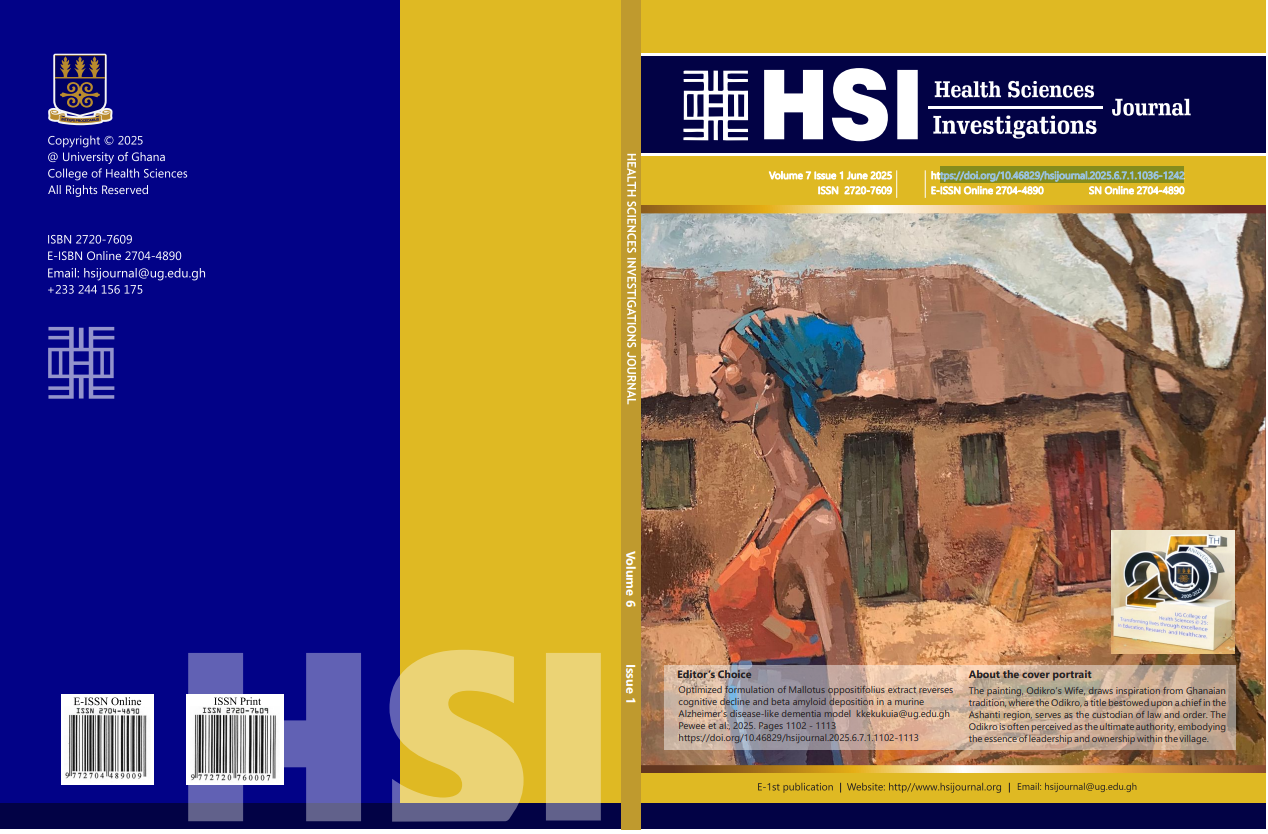Female healthcare professionals’ knowledge of vasectomy Access and attitudes toward partner uptake: A cross-sectional analysis of physicians and nurses
Female healthcare professionals' knowledge of vasectomy and attitudes toward partner adoption
Abstract
Background: Permanent contraception is a key method used by individuals who have completed their families or do not seek to have children. Common methods include bilateral tubal ligation in females and vasectomy in males. Vasectomy involves cutting and sealing each of the vas deferens to prevent sperm movement, leading to sterilisation. Despite being safer, more effective, relatively cheaper, and associated with fewer complications, vasectomy is not as commonly utilised as bilateral tubal ligation. The reasons for this disparity are unclear.
Objective: The study assessed female doctors and nurses/midwives’ knowledge of vasectomy and determined their acceptance of this procedure as a permanent contraceptive method for their male partners.
Methods: This cross-sectional study involved the completion of self-administered online questionnaires by 308 female doctors and nurses/midwives at the Korle-Bu Teaching Hospital. Data were collected in Microsoft Excel and analysed using IBM SPSS version 25. The data was analysed by using descriptive statistics, Chi-square tests, and multiple logistic regression. A p-value < 0.05 was considered statistically significant.
Results: The 308 participants had a mean age of 32.7 ± 6.6 years. Nurses/midwives comprised 55.8%, and the rest were doctors. Only 33.8% of the participants demonstrated good knowledge of vasectomy (defined as a knowledge score greater than 80%). Thirty-nine percent were willing to allow their partners to undergo a vasectomy. Factors associated with this willingness included their inclination to recommend vasectomy as a contraception method generally, adjusted odds ratio of 13.01 (95% CI 4.66, 36.33), and having family members indifferent about their partners undergoing vasectomy, adjusted odds ratio of 2.01 (95% CI 1.02, 3.97).
Conclusion: There is low knowledge of vasectomy among female doctors, nurses and midwives. Only about two-fifths of female doctors and nurses/midwives were willing to allow their male partners to undergo the procedure, and factors associated with this willingness included their inclination to generally recommend vasectomy as a contraception method and family indifference towards the procedure. More education on vasectomy is needed, including its incorporation into medical and nursing training curricula.


